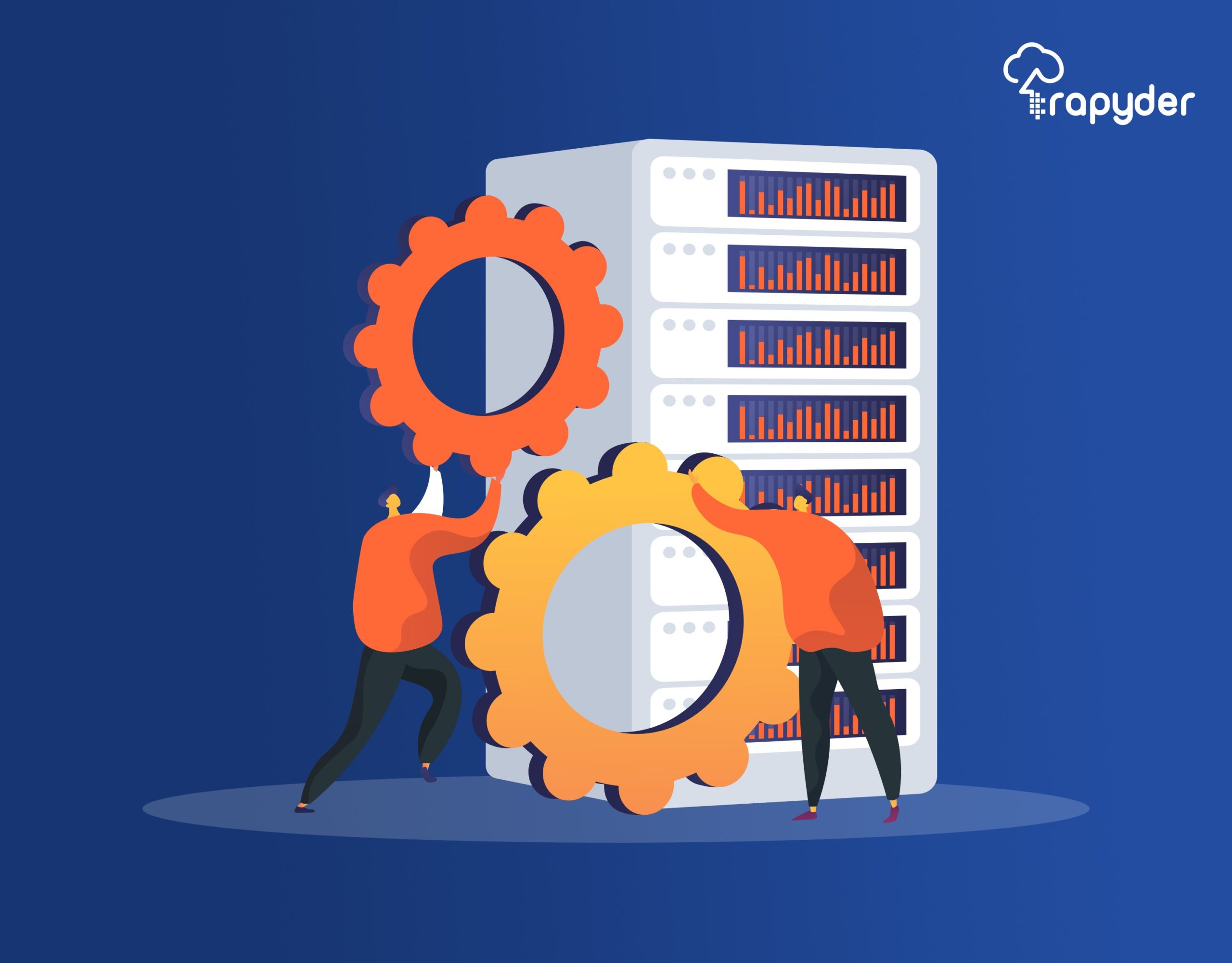In 2020 and 2021, Cloud Computing was widely accepted and was most practiced as the offices went online and work went virtual. In addition, most businesses migrated to the cloud to avoid vulnerabilities caused to their business infrastructures by the global pandemic. The rise in cloud computing will grow in the coming years because of the enormous services and deliveries.
Now, where mass cloud adoption is taking place, the requirement to optimize the cloud has also existed. So, what does this mean?
Thus, this blog gives a complete insight into Cloud optimization.
What is Cloud Optimization?
In simple terms, Cloud Optimization refers to optimizing cloud cost by selecting and allocating an appropriate resource to a workload to ensure efficiency. This practice involves right-sizing resources based on requirement and usage, presuming high performance, cost-efficiency, and compliance as desired assets.
What is the need for Cloud Optimization?
Cloud optimization is necessary to gain control over your business cloud spending. Businesses that have already opted for a cloud platform need to undergo cloud optimization with time to check whether there is utilization or wastage of any resources and ensure cloud cost management.
This can be achieved by taking cloud cost assessment to save the cost of any resource if it is no more in use; this also leads to better organization and maintenance of resources and workloads.
Advantages of Cloud Optimization
1. Cost-saving: Cloud optimization eliminates waste and organizes resources according to cloud usage, saving the entire cost.
2. Business Efficiency: Maintaining the balance between resource utilization and cloud cost promotes business efficiency and resilience.
3. Productivity: Cost optimization strategy ensures to disseminate the cost spent by removing unused resources; this also promotes overall productivity of business infrastructure.
4. Improves visibility: Cloud optimization is vital in enhancing visibility using various optimization tools. This also enables businesses to make data-driven decisions.
5. Promotes innovation: Where there is more clarity with the integral functioning of business, there is more collaboration between the team, resulting in more ideas and innovations.
7 best practices to achieve Cloud Optimization
1. Right-Sizing your compute resources: The most effective way to optimize the cloud is by removing unwanted and unused resources; this provides clarity and reorganization of the workload. Right-sizing helps cut costs and promotes better visibility that helps achieve the business’s updated objectives; it can also lower the current workforce and make integral functioning more efficient.
2. Choosing the right storage type: Storage services can play a prominent part when cutting costs and gaining more business efficiency. Choosing the right storage type becomes essential to calculate the storage spent and compare other options to improve the associated cost and upgrade for an updated version.
3. Release ideal elastic IP addresses: Some cloud service providers might cost for IP addresses if they remain in a perfect state and are not used. So, it becomes necessary to keep an eye on such IP addresses not to leverage extra costs.
4. Automate infrastructure: Automating infrastructure can help control costs by tracking down what is required and what is not. Cloud automation administers the work environment and can help manage the workload and restructure the company.
5. Identify and maximize software licensing spending: This is another way to optimize cloud costs. There exist many instances where the price is much higher, whether on-premise infrastructure or the cloud; workload licensing can be costly. To avoid this, one can opt for AWS’s wide range of commercial instances, such as Amazon Machine Instances (AMIs).
6. Pause Ideal redshift clusters: Redshift enables organizations to shift through massive amounts of data using massively parallel processing; the redshift cluster consists of mic compute storage resources, which can be paused whenever they are not used.
7. Make use of RIs: Investment in RIs (reserved instances) can greatly benefit. In the long run, an organization committed to the cloud can invest in reserved instances to ensure savings of upfront payment and further discounts. This practice is a must for cloud cost optimization.
What does Rapyder bring to your table?
Rapyder cloud solutions is a global cloud consulting partner of AWS. Persistent in providing customers with cloud consulting, Cloud Optimization, implementation, and managed services.
Rapyder integrates your business with the Cloud environment in the most efficient way possible. Through our cloud optimization services, we help our customers to reduce heavy workloads through the creation of intelligent architecture and optimization to increase efficiency.
We help our client’s in-depth analysis of Cloud infrastructure, application setup, data flows, databases, and APIs and understand workloads, performance profiles, and enhancements required to identify their ideal cloud configuration, pricing plans, and robust security controls.
In addition to providing Cloud Optimization services, Rapyder has acquired expertise in –
- Managed Amazon Cloud Services
- Cloud Migration
- DevOps
- Well-Architected Framework
- Serverless Computing
- End-User Computing
- Database Services
- Cloud Security.
With an innovative approach, an experienced team, and best-in-class services, Rapyder provides 24×7 monitoring, guidance, and support.
Conclusion
The above explanation clearly shows what role cloud computing plays and how it can add value to your business infrastructure. The best approach to cloud optimization can help you yield the best outcome.
Hope you gained a lot of information by reading the blog; please share this among your social circle and help them know more about this subject.
Visit our website to read more such articles on Cloud computing trends.




